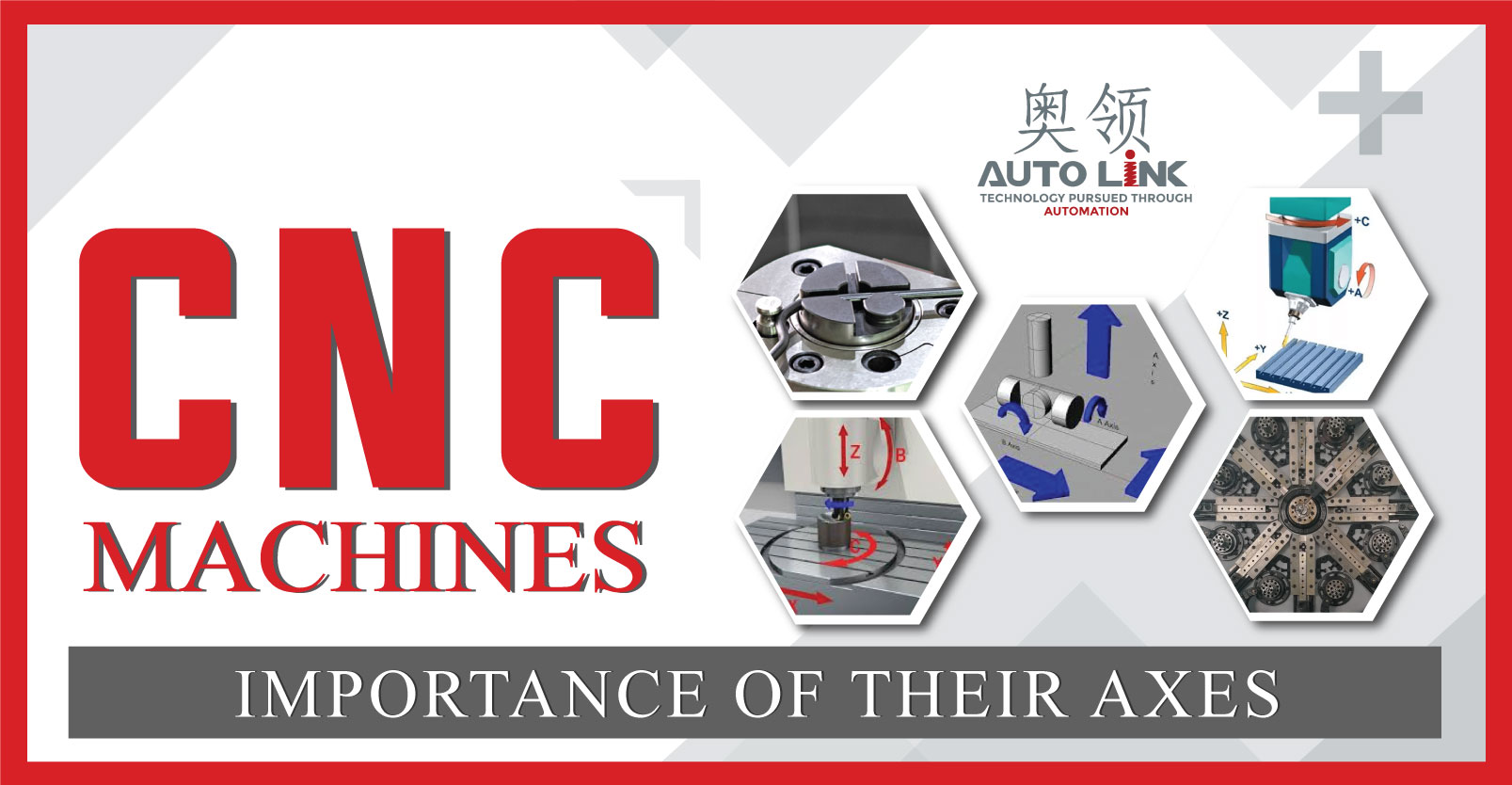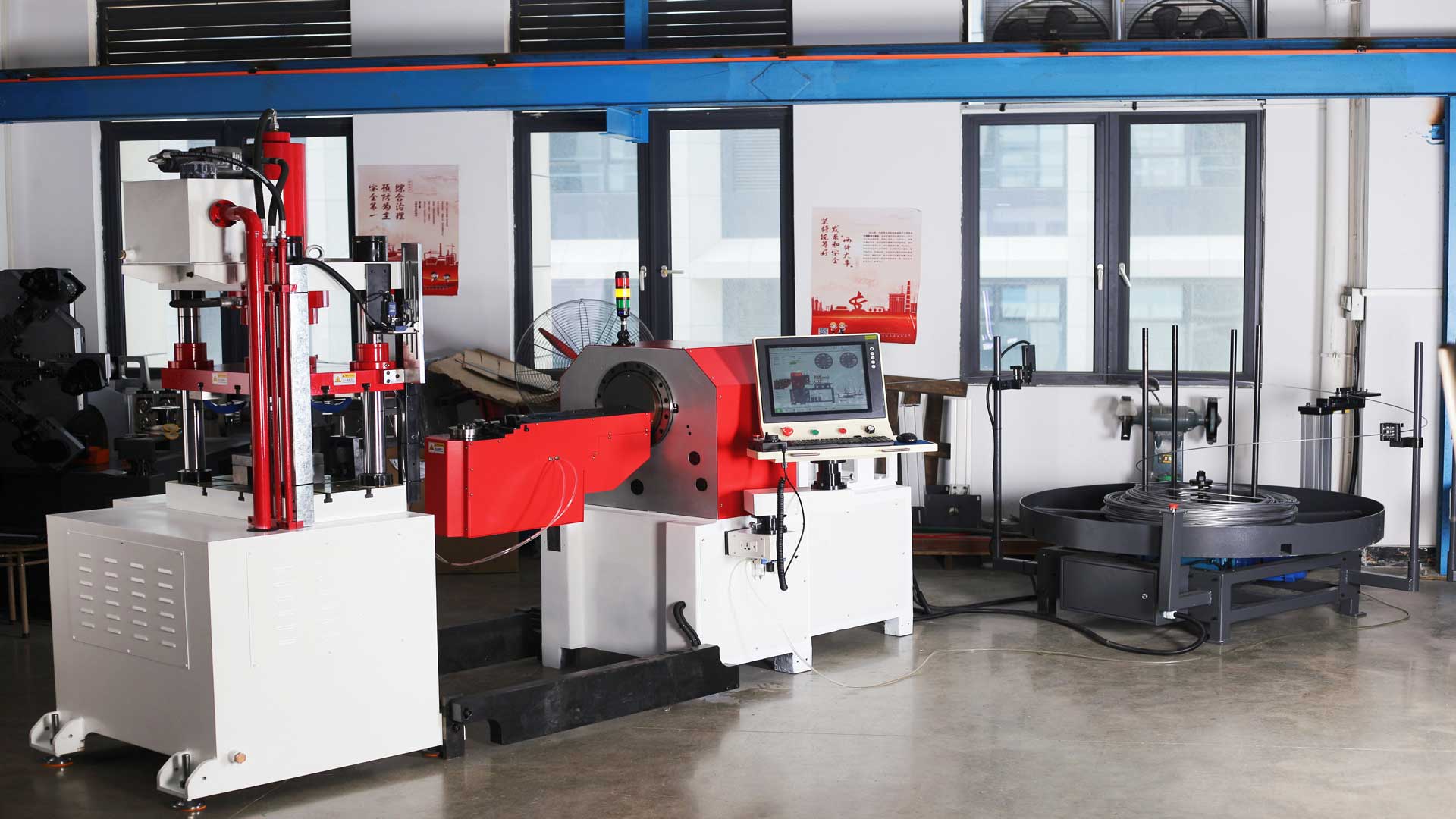CNC Machines And The Importance Of Their Axis
Industrial Manufacturers require the CNC machining process as updated technology. The Computer software involves in the machining tools and its machining process. When the term automation comes, then CNC will be the topmost process at the industrial level. As mentioned before in the CNC machining blog, the process is highly used in milling, cutting, lathe, bending, etc.
Generally, the CNC controller works with motors and drives all the whole machine’s parts and tools. The machining process comprises a feedback system too.
How many axes does a CNC machine can have?
The axial part refers to describe the machines in which activate along with several axis points. Until the accurate output arrives, the machine runs at the desired process of removing and remodeling the materials. In general, the machine has a minimum of 3 axes operation. The axial operation along with the XYZ plane.
Axial Representation:
- X-axis – Vertical plane
- Y-axis – Horizontal plane
- Z-axis – Height
But to make the output formation more precise, the CNC machine process enhances the multi-axis operations.
In a CNC machine, the number of axes portrays the variety of work it can accomplish. The detail cut of an output piece acquires on the basis of a number of axes. The type of machine also decides the number of axes. In the case of a usual milling machine, there are 3 axes points. These machines are also known as machining or processing centers. The lathe machine comprises two axes and the main spindle, where the part is affixed for rotation. But nowadays, as technology is getting diversified, you can witness lathe machines possessing extra milling heads.
Even the machines will have more than 5 axes ranges. Moreover, Auto Link CNC machines of Wire Forming Machine comprises of 10-axis, 12-axis, and till 14-axis.







